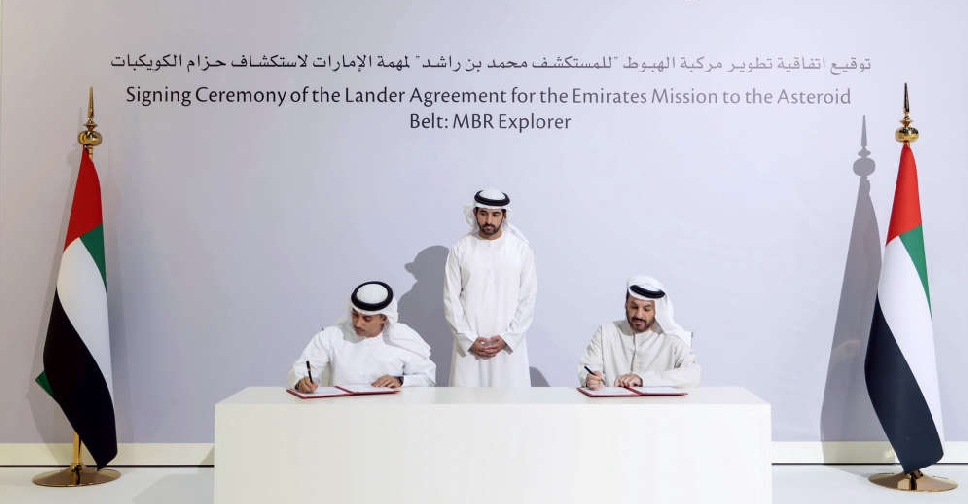
His Highness Sheikh Hamdan bin Mohammed bin Rashid Al Maktoum, Crown Prince of Dubai and the UAE's Deputy Prime Minister and Defence Minister confirmed the signing of an agreement, on Thursday, to develop the MBR Explorer's lander for the Emirates Mission to the Asteroid Belt.
Posting on X Sheikh Hamdan confirmed: "I witnessed the signing of an agreement to develop the MBR Explorer’s lander for the Emirates Mission to the Asteroid Belt (EMA), a key milestone in the UAE’s ambitious journey to explore the asteroid belt between Mars and Jupiter, with the goal of landing on the asteroid Justitia.
"This project represents an exceptional collaboration between our national institutions and the private sector, reinforcing our commitment to international cooperation through our partnership with the Technology Innovation Institute (TII).
I witnessed the signing of an agreement to develop the MBR Explorer’s lander for the Emirates Mission to the Asteroid Belt (EMA), a key milestone in the UAE’s ambitious journey to explore the asteroid belt between Mars and Jupiter, with the goal of landing on the asteroid… pic.twitter.com/p4ewsva2au
— Hamdan bin Mohammed (@HamdanMohammed) January 9, 2025
"With renewed Emirati ambition and a spacecraft named after the man who taught his people to defy the impossible, we embark on a 13-year journey—a six-year spacecraft development phase followed by a seven-year voyage to the main asteroid belt beyond Mars, covering 5 billion kilometres. Our aspirations continue to rise, leaving a lasting Emirati mark on Earth and beyond, among the stars."

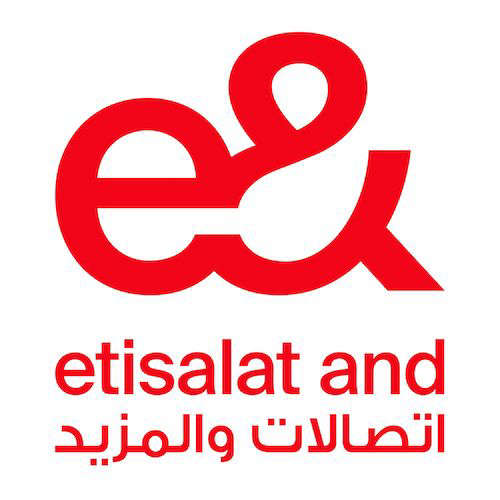

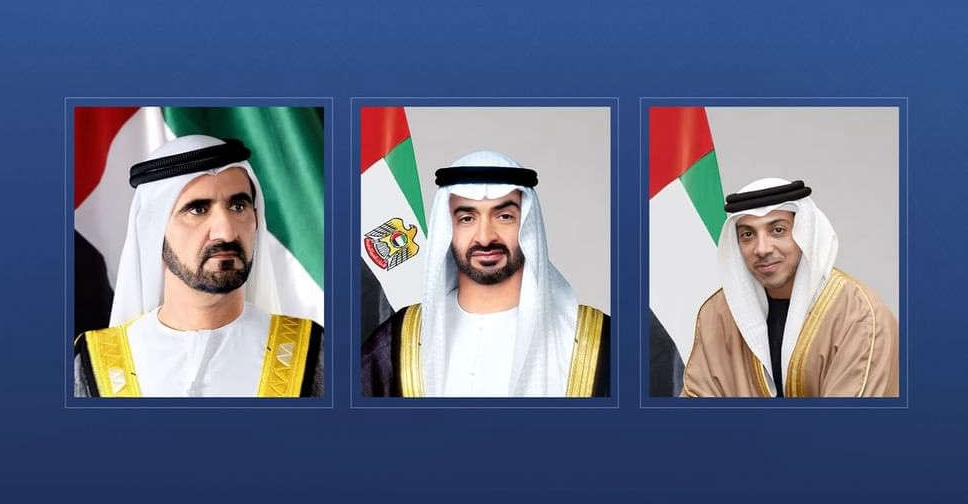 UAE leaders offer condolences to Brazil over tornado victims
UAE leaders offer condolences to Brazil over tornado victims
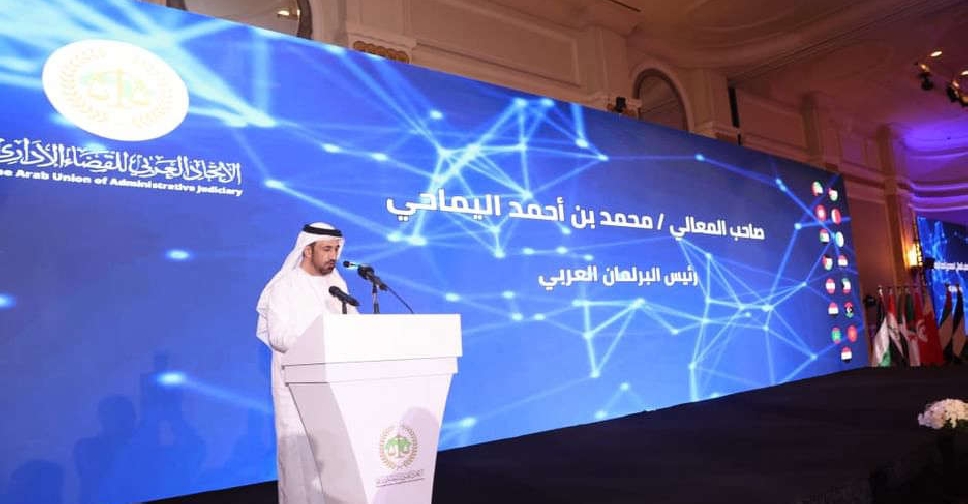 Arab Parliament praises UAE's use of AI in justice sector
Arab Parliament praises UAE's use of AI in justice sector
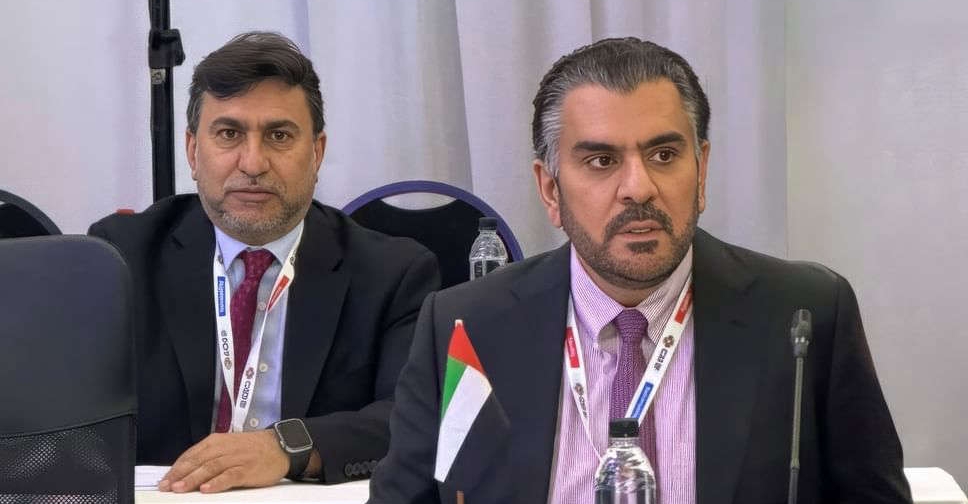 UAE takes part in G20 Health Ministers meeting in South Africa
UAE takes part in G20 Health Ministers meeting in South Africa
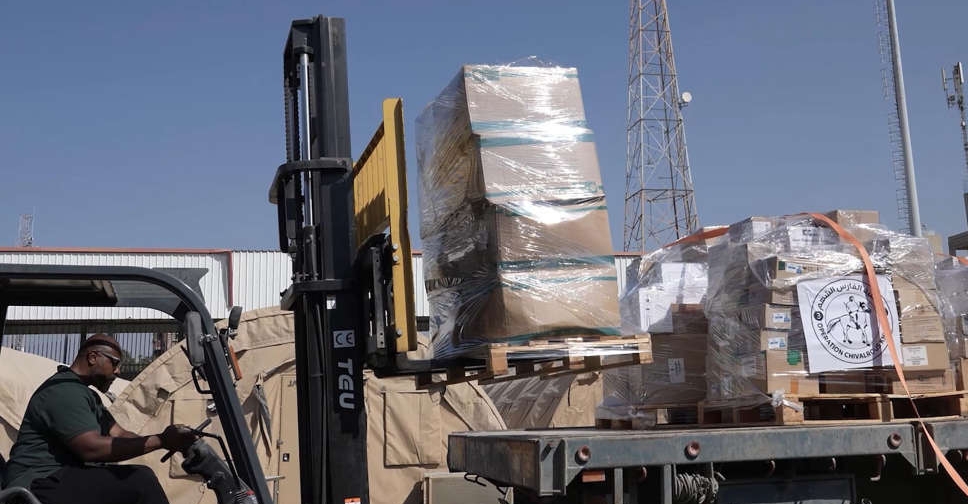 WHO delegation receives medical supplies at Emirati field hospital in Rafah
WHO delegation receives medical supplies at Emirati field hospital in Rafah
